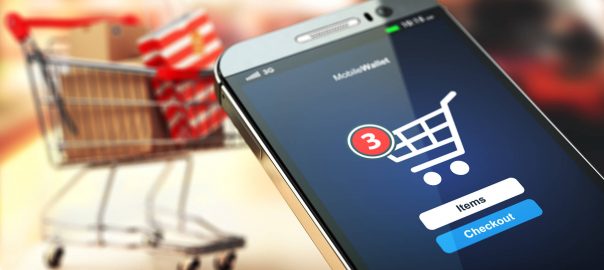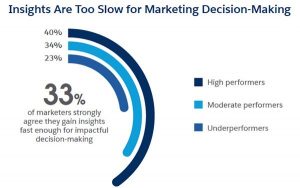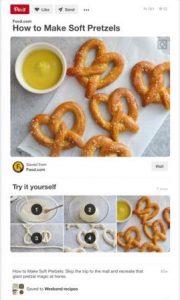Columnist Scott Heimes explains how personalized emails can help retail marketers gain a foothold in their struggle against the online competition.
 Competition from e-commerce sites is hurting physical storefronts. Up until now, retail stores have kept customers coming back by creating unique experiences and providing personalized services. Despite this, traditional brick-and-mortar stores are declining across the US. Even New York City’s acclaimed Fifth Avenue is experiencing a decline in retail storefront occupancy rates.
Competition from e-commerce sites is hurting physical storefronts. Up until now, retail stores have kept customers coming back by creating unique experiences and providing personalized services. Despite this, traditional brick-and-mortar stores are declining across the US. Even New York City’s acclaimed Fifth Avenue is experiencing a decline in retail storefront occupancy rates.
The consumer shift to online shopping is prompting retail marketers to start providing personalized services in the digital realm, specifically through email. Retail marketers who embrace the shift to online shopping and leverage the power of email can find tremendous success no matter where they’re located in the world.
Send highly targeted, personalized emails
According to Forrester Research, 83 percent of email marketers surveyed have been using personalization for at least a year. One of the reasons it’s so widely adopted is that it enables businesses to send specific messages to groups that are most interested, resulting in greater engagement.
I’ve written on how to send personalized messages before, and marketers still need to be cognizant not to get too personal. However, e-commerce recipients are most interested in the messages that are crafted especially for them.
Make the link to your email preference center easy to find so recipients can choose what type of messages they receive and how often. Recipients love to be in the driver’s seat, so allow them to make the decision on receiving messages, and they will be more likely to engage with the content.
Additionally, try implementing birthday emails into your marketing strategy. Birthday emails that offer special deals are one the best ways to send personalized messages to recipients. Ask for the recipient’s birthday at the point of signup or in the email preference center, and send a special offer once a year. It’s a small gesture that goes a long way.
Take the conversation online
A consumer’s decision to make the move from in-store to online often happens at the point of sale within a brick-and-mortar store. Successful retailers understand that every customer who shops in their store has the potential to become an online shopper, too.
Retail marketers should establish standard operating procedures that invite customers to join their email list at the POS (point of sale) and ensure the customer’s email address is confirmed with the consumer before entering it into the CRM (customer relationship management) system.
Sales associates who “fat finger” an email address can lead to increased bounces and even spam trap hits. Ideally, have the customer enter their own email address so no mistakes are made, and regularly check your lists for accurate email addresses.
Additionally, gathering as much information as possible (like birthday or purchase history) at the POS can be useful down the road for providing personalized messages.
Cater to the mobile audience
There’s nothing more annoying than reading a retailer’s email that’s not formatted for a mobile experience that directs to a website. A mobile device has become one of the most personal objects anyone owns, and consumers expect to have a tailored interaction with their smartphones.
According to BlueHornet, 39.6 percent of people don’t purchase items from a mobile phone or tablet because the website is too difficult to navigate on a mobile device. Marketers need to keep this in mind when building email templates to ensure they’re easily scrollable and responsive. If you’re prompting consumers to go to your website to explore or make a purchase, make sure your website is responsive to mobile.
Utilize abandoned cart emails
Abandoned cart emails are follow-up messages to users who have added an item to their shopping cart but did not complete the transaction. These types of messages are a popular strategy for retailers to re-engage their customers, but they need to be executed properly to be effective and grow the existing relationships with subscribers.
The most successful abandoned cart emails are sent to those who have previously purchased from your brand, opted in elsewhere (newsletter or coupon sign-up) or created an account with your brand and include an advertisement for the product, an announcement of a sale or a coupon for the consumer to use on their abandoned item.
Because of the personalization precedent set by retail operations in traditional storefronts, e-commerce has to be even more sophisticated to deliver a level of personalization that builds lifelong customer relationships. Effectively utilizing email will ultimately allow retailers with a brick-and-mortar presence to thrive by enabling them to provide the same level of personalization, if not greater, that shoppers have to come expect from their in-store shopping experience.
Some opinions expressed in this article may be those of a guest author and not necessarily Marketing Land. Staff authors are listed here.
Marketing Land – Internet Marketing News, Strategies & Tips
(62)








